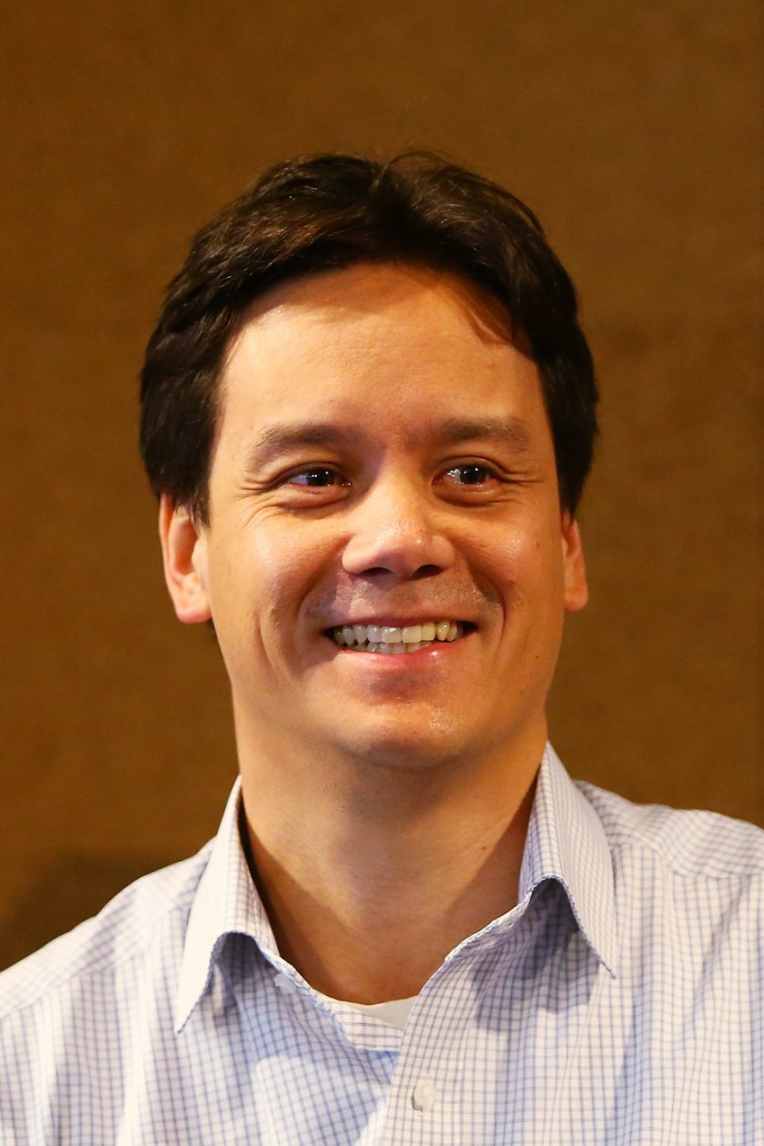Pandemic kills off GSFM volatility fund
by Aleks VickovichAn alternative investment fund and member of the GSFM stable has been wound up after persistent interest rate cuts and a series of mistimed trades shattered its hopes of outperforming in the coronavirus bear market.

The Triple3 Volatility Advantage Fund established in 2014 by respected fund manager and former Goldman Sachs options trader Simon Ho was closed on Monday, The Australian Financial Review can reveal.
The fund had $28.4 million in assets under management at its closing date but is understood to have swelled to around $75 million at its peak.
According to disclosure documents, the fund aimed to "generate long-term absolute returns that are negatively correlated to the S&P 500 index", meaning it should have performed best during sharemarket downturns and periods of high volatility.
Data from research house Lonsec indicates the fund generated a total return of minus 2.07 per cent per annum over the five years to 30 April 2020, minus 3.52 per cent per annum over a two-year horizon and minus 2.26 per cent over one year.
But during the coronavirus bear market, the fund's manager, Triple3 Partners, was seemingly unable to turn around the performance trajectory. Its responsible entity, GSFM, formerly known as Grant Samuel Funds Management, said the low interest rate environment was to blame.
"The structure of the volatility market has changed markedly as a result of the prolonged period of low interest rates around the world," said GSFM chief executive Damien McIntyre.
"With global interest rates recently lowered further to cope with COVID-19, we can’t see this situation changing in the foreseeable future. We have to take into consideration the best interests of all unitholders, and with this in mind, the decision has been made to close the strategy."
'Black swan event'
However, Triple3 investor communications indicate that the fund's portfolio managers were also tragically wrong-footed by the rapid coronavirus-induced sell-off in February and March and the subsequent market rebound.
"This was a black swan event that our proprietary model did not forecast," Triple3 explained. "The switch from a low-volatility regime into an extreme-volatility regime was very abrupt."
The Volatility Advantage Fund returned 2.21 per cent over the March quarter, as the S&P 500 index fell 20 per cent in US dollar terms, before returning minus 2.45 per cent in April.
"After the steepest sell-off since 1929 from mid-February to late March, the US stock market staged the best monthly gain in multiple decades despite worsening fundamentals due to the COVID 19 pandemic," the fund manager continued.
Around mid-April, the fund's model deemed the market "overbought" and took profits on S&P calls (options contracts that make money when the S&P500 share market index rise).
It then positioned to short the market by accumulating S&P put options (which make money when the market falls) and call options on the VIX index (which would make money if market volatility spiked).
"These defensive positions are currently experiencing losses as the market rallied strongly into month end," Triple3 conceded shortly before the decision was taken to wind up the fund.
A 2013 Financial Review profile listed Mr Ho and Triple3 as among the new breed of volatility traders emerging on the Australian funds management scene. He also runs volatility and options benchmarking firm, T3 Index.
“Because volatility is not well understood or priced, the alpha or risk-adjusted returns you can extract from trading it are strong, persistent, uncorrelated to traditional assets," Mr Ho said at the time.
Mr McIntyre said no other Triple3 or GSFM products were affected by the closure of the Volatility Advantage Fund. The wind-up process is expected to be completed by the end of June.